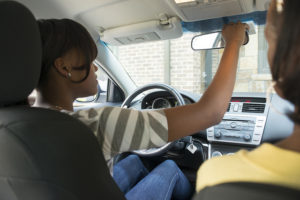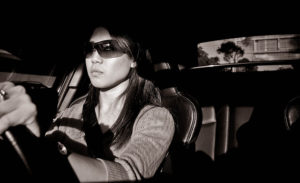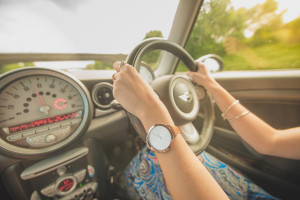From kidnotes APIA’s Host Family Blog
By Mmendez
This is a common question host families ask, because many are looking for help getting children to and from various appointments and activities. The good news is: Yes, your au pair can drive!
Au Pair in America requires every au pair to have a valid home country driver’s license and requests that each au pair obtains an International Driving Permit (IDP) before leaving for America (IDPs are only available in an au pair’s home country).
Host parents that know they will have an au pair driving their children often include an Au Pair in America exclusive AAA driving course for au pairs as part of orientation and training. This course is designed specifically for international drivers with safety instruction for driving with children.
We’re always looking for ways to help au pairs and host families have safe and rewarding experiences together. In addition to information about insurance requirements and driving rules and restrictions for au pairs, resources for au pair driving include an American Road Signs test, information about car safety kits and driving tips for hazardous weather. If you have useful suggestions or questions about au pairs driving, we welcome your comments.
A note from your counselor: Each state in the US, including the District of Columbia, has special driving requirements. Please click here to learn about what your au pair needs specifically to be able to apply for a DC drivers license.





